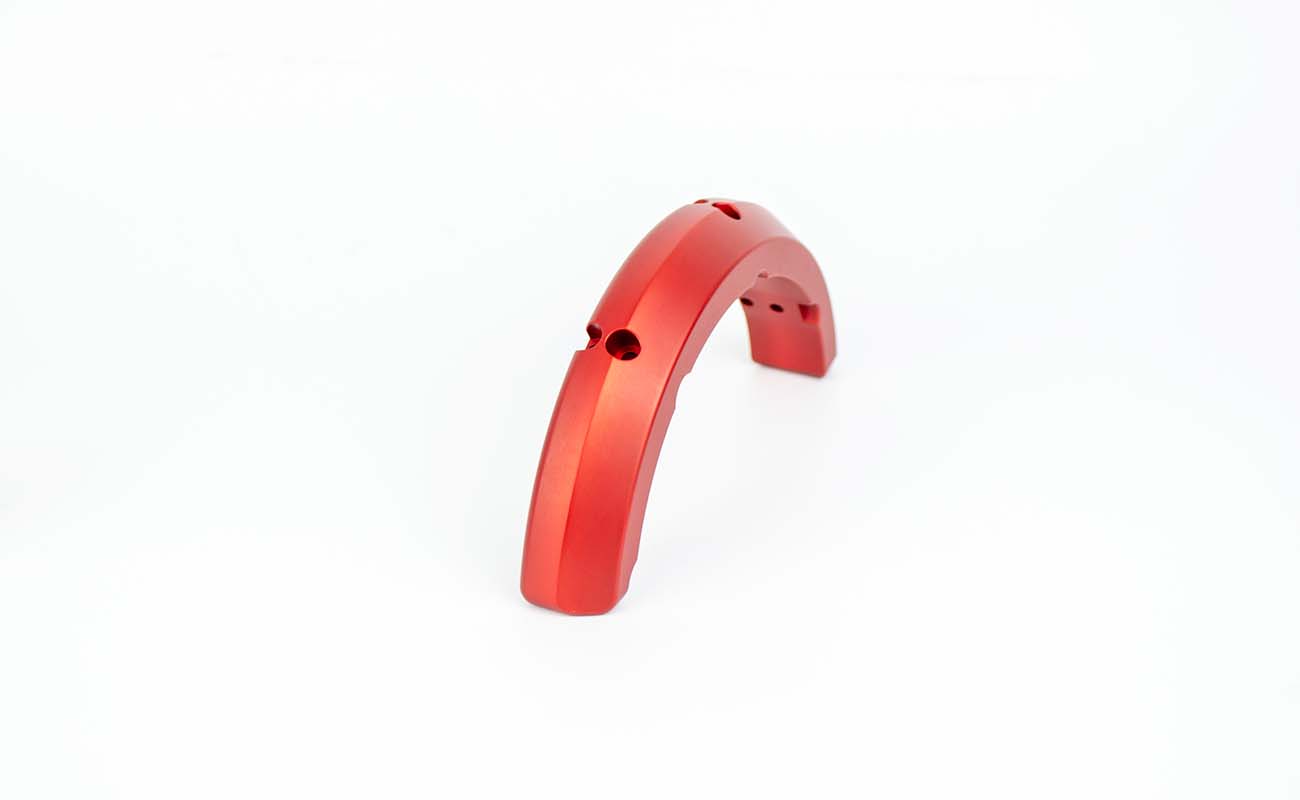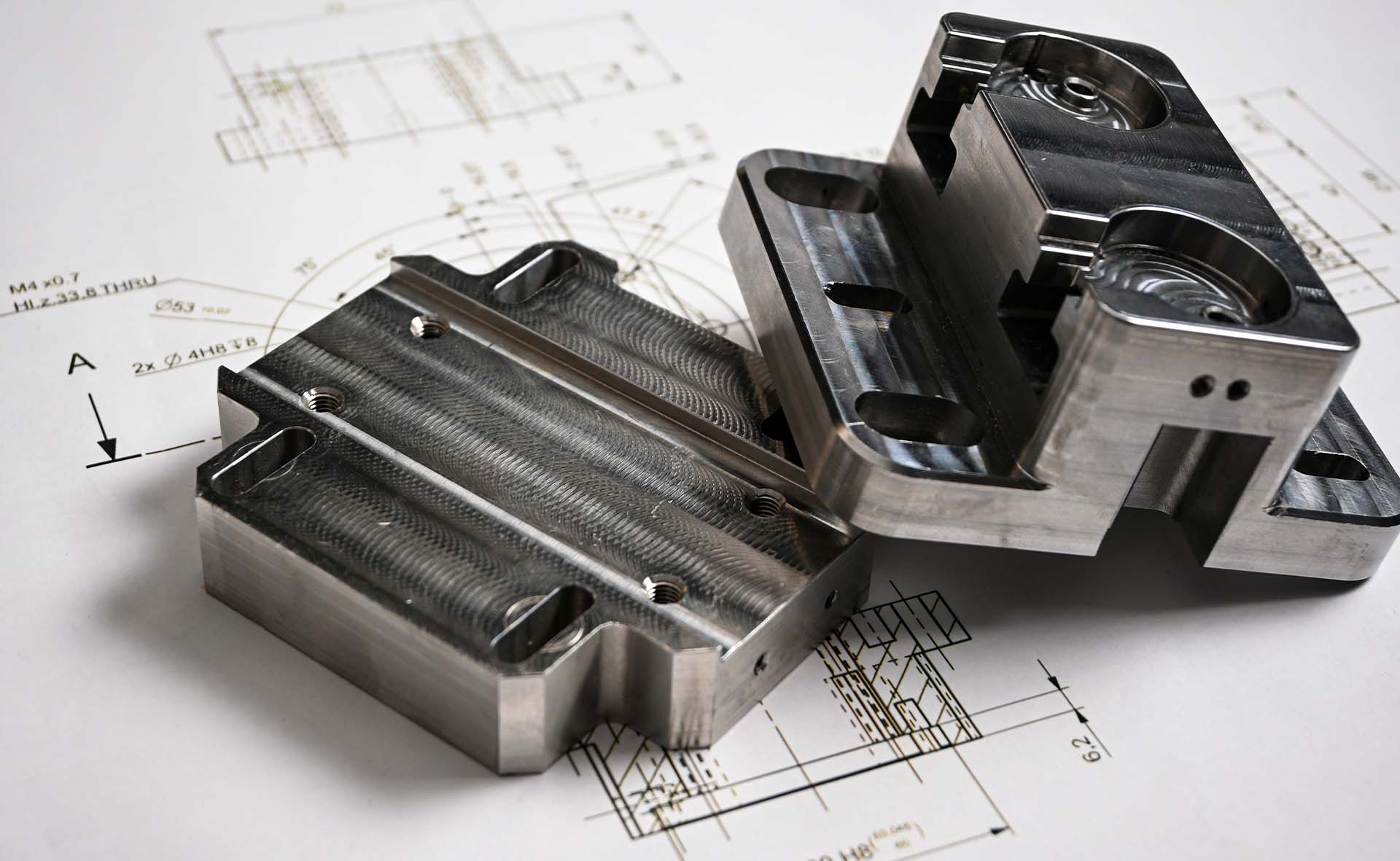If the part is made of aluminium or other select materials, manufacturers often finish it off by treating the part’s surface with an electrochemical solution. This process is called anodizing.
Get to know all about this process, its advantages, and considerations to make before applying it to your parts.
Anodizing is the process of using electricity and chemicals to coat an aluminium part (or other select metals) in a surface layer of oxide. Oxide is a chemical compound that consists of at least one oxygen atom and some other element.
Anodizing is one of the most durable surface finishes available, hence its popularity. It improves corrosion resistance, enhances part aesthetic, strengthens surface layers, and is relatively inexpensive. It is also low maintenance and an ideal foundation for painting or powder coating.

There are two main types of anodizing: clear anodizing and colour anodizing.
Clear anodizing produces a translucent oxide layer that allows some of the underlying metal material to show through. This type of anodizing is often found in jewelry, kitchen utensils, and engineering components that sustain a natural look.

Colour anodizing is the process of adding pigment to an opaque oxide layer either by colour dipping or electrolytic colouring. This type of anodizing is often used on external automotive parts and other products where a decorative finish is desired.

To anodize aluminum, the metal is placed in an acidic solution and a current is passed through it. The aluminum oxide that forms on the surface of the metal acts as an insulator, so the current does not flow through the metal itself. This process creates a strong, durable oxide layer that can protect the aluminum from corrosion and wear. It also makes the part appear glossier and more aesthetically pleasing. The colour of the oxide layer depends on the type of acid used in the anodizing process.
Read this step-by-step guide for a more detailed understanding of how parts are anodized.
Applying an anodized finish to aluminum would lead to a hard and corrosion-resistant aluminum oxide. Iron, on the other hand, would turn to iron oxide (rust), which would just flake off the surface. Therefore steel or any other iron-based metal cannot be anodized.
Anodization is key for all grade of aluminium. Other materials that can undergo this electrochemical process include, titanium, zinc, magnesium tantalum, and niobium.
Understanding the advantages of anodizing will you help you in deciding whether the coating should be used on your part. Below are the main benefits of applying an anodized finish to a metal part.
It’s important to emphasize that anodizing doesn’t work on every metal. It’s also less likely to work to its fullest extent if the surface of the part is too rough or if the design of the part is complex. Keep the following considerations in mind before anodizing any of your metal parts:
